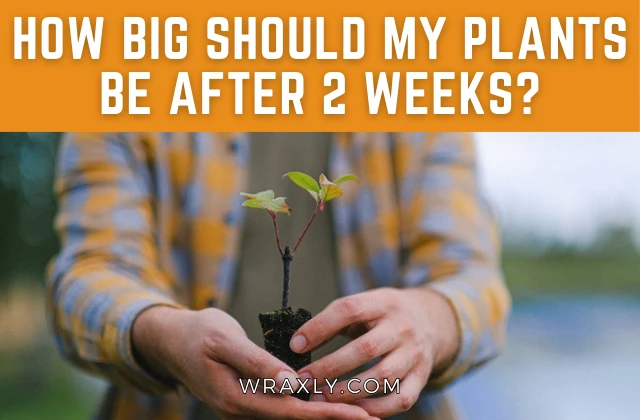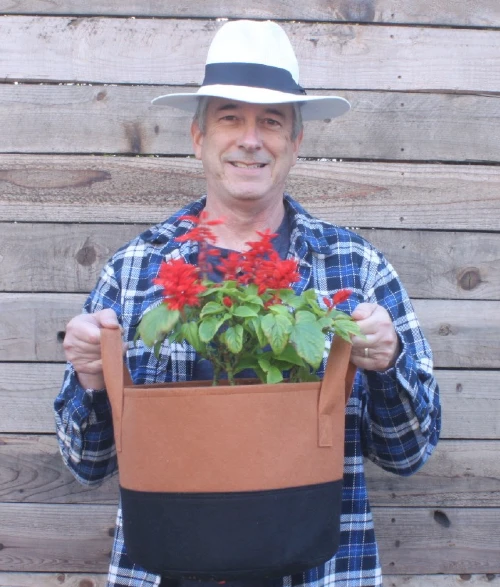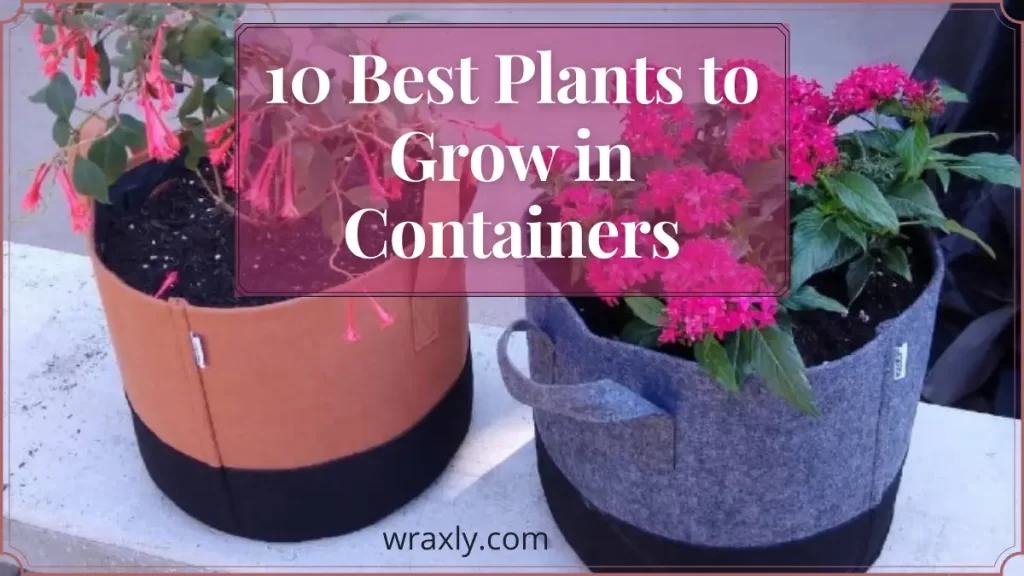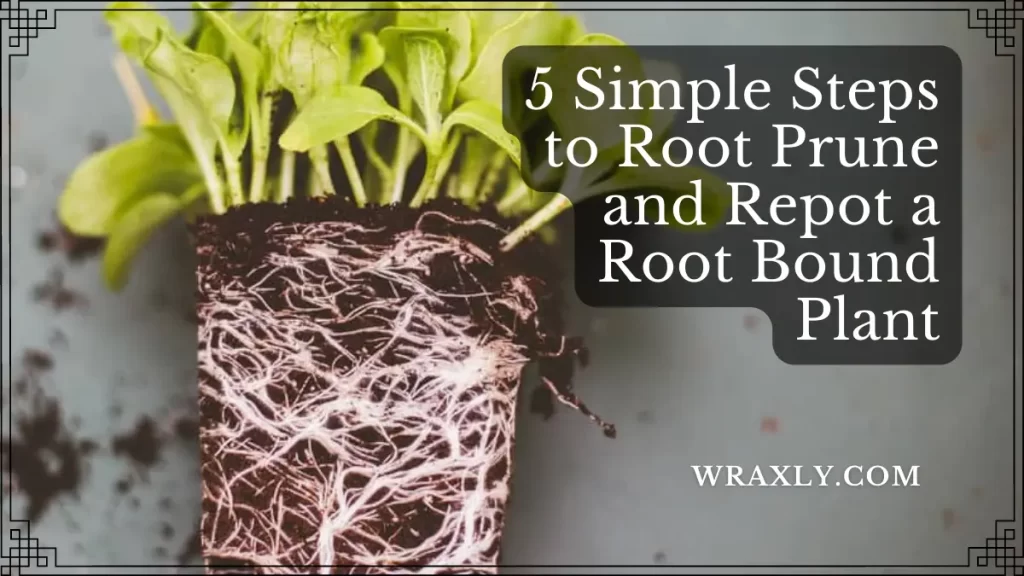Okay, so you planted your baby bonsai and are now wondering, “How big should my plants be after two weeks?” Watching your new plant kids grow and develop can be exciting and nerve-wracking for plant parents.
We’ll tell you everything from what factors affect the growth of plants to how you can keep track of your plant’s growth and so much more! Then, read on for a fun and informative look at what to anticipate from your plants during their initial growth stages. So let’s dive in!

How Long Do Plants Usually Take To Grow?
The growing season could go the entire year in tropical areas where it is warm all year long. However, a wet season might hamper the growing season in some tropical regions. Crops won’t grow due to flooding. In some places, for instance in Africa, it can be too dry for growing.
The length of the growing season in temperate countries, which have chilly winters and mild summers, is mostly influenced by temperature. The length of some growing seasons might reach eight months.
The length of the growing season shortens with distance from the Equator. The growth season might be as short as two months in areas close to the polar regions.
Factors Affecting Plant Size
Several factors may affect plant size, from light, nutrients to temperature to the probability of pests and diseases. However, there are more significant reasons that affect the size of a plant; let’s take a look at them below.
- Species Of Plant
A plant’s size or growth can differ because each species has its own genetic features controlling how it grows and develops. For example, some plants, like some tree species or bamboo, have thick stems or trunks that grow to be very tall. Others, like mosses or succulents, are small and have a slow growing rate.
- Soil Nutrients And Quality
Plants need calcium, phosphorus, potassium, magnesium, and nitrogen to grow properly. Plants can develop slowly and not reach their maximum potential size if the soil lacks certain vital nutrients.
Also, soil quality has an impact on plant growth and size. Compost and other soils with high levels of organic matter can contain a variety of helpful microorganisms that can help break down nutrients and increase the supply to plants.
Recommended Slow-Release Fertilizers
| Image | Title | Prime | Buy |
|---|---|---|---|
 | Nutricote 18-6-8 (1 Pound) Slow Time Release Fertilizer (180 Day Formula) in Resealable, Airtight & Waterproof Packaging. Scoop Included | PrimeEligible | Check Price on Amazon |
Top | Osmocote Smart-Release Plant Food Plus Outdoor & Indoor, 8 lb. | PrimeEligible | Check Price on Amazon |
 | EcoScraps Slow-Release Fertilizer, Made with Recycled Nutrients and Organic Matter, Covers up to 2,500 sq. ft., 45 lbs. | PrimeEligible | Check Price on Amazon |
 | Proven Winners Continuous Release Fertilizer, 2.5 lb | PrimeEligible | Check Price on Amazon |
 | Florikan 16-5-11 NPK MAX 180 Day Timed Release Fertilizer. Excellent for Orchids, Anthuriums, Philodendrons. (1 Pound) | PrimeEligible | Check Price on Amazon |
 | Schultz All Purpose Slow-Release Plant Food, 3.5 Lbs | PrimeEligible | Check Price on Amazon |
- Sunlight Exposure
Plants need a particular amount of light to carry out photosynthesis. As a result, plants cannot produce enough energy to grow without enough light, and they can weaken.
Remember, not all plants need the same amount of sunlight. While plants like ferns and orchids can do with indirect or filtered sunlight, others prefer direct sunlight, like succulents and cacti. And some plants can be damaged from too much direct sunshine.
- Water Availability
Another major element that affects plant size and growth is water availability. Lack of water can stress plants out and cause them to wilt, which can reduce their growth rate or stop entirely. This is because water is essential for many important plant functions, including cell division, nutrient uptake, and photosynthesis.
Plants That Grow In 2 Weeks
You will see some plants sprout up in two weeks or even less than that! Here are plants that grow in two weeks. And most of them, you can use in your kitchen!
- Arugula
- Garden Cress
- Mint
- Radish
- Green Onions
- Pea Shoots
- Zinnias
- Nigella
- Calendula
- Aloe Vera
Estimating Plant Size After 2 Weeks
Estimating a plant’s growth after two weeks can be tricky because it depends on several factors, as we’ve seen. However, after two weeks, most plants should have visible development. This might involve growing new leaves and stems, growing in size, or sprouting more branches.
Let’s take a look at how you can monitor your plant’s growth in 2 weeks,
- Measure Size Of Plants In The Beginning
Measuring the size of your plants when you first bring them home or transplant them and using that measurement for comparison is a simple way to estimate plant size after two weeks.
Note down the height of your plant when you first get it. Then, measure the 2 week old seedling. You can see your plant’s size and speed by comparing the two measurements.
- Track Changes In Soil, Light, And Water Conditions
Tracking changes in soil, light, and water conditions can help you gauge an idea as to how your plant is growing and maturing.
Whether your plants are receiving enough water and whether the soil drains properly can be determined by changes in soil moisture.
Your plants could grow lanky or poorly if they don’t receive enough light. On the other hand, excess light can also be harmful as it can dry out or burn leaves.
Monitoring nutrient and pH changes in the soil can help ensure your plants receive the nutrients needed to flourish.
- Compare the Size Of Plants To Others Of the Same Species
See if your plant is growing properly or detect any problems hindering its growth by comparing its size to that of the same species. For example, if your plant is noticeably smaller than others of similar species, it may need more sunlight, nutrients, or water.
How Long Do Houseplants Last?
Although many say an indoor plant can live for two to five years on average, most die much sooner due to poor maintenance. However, with the right care and the ability to continue growing, indoor plants can live long. Some plants can live for months or even years based on how they are cared for.
Remember to water regularly and tend to its fertilizer needs according to the species so you can lengthen the lifespan of your houseplants.
FAQs
As a responsible plant parent, you must know when to repot your plants. Here are some telling signs that it’s time to repot your plants,
-If your plant’s roots protrude beyond the pot’s base, it has outgrown its current pot and needs to be repotted.
-Your plant needs to be re-potted if it stops growing or shows symptoms of stress, like yellow leaves or wilting.
-If the potting soil has hardened, it’s time to replace it and repot the plant.
Many people believe that plants grow faster in the dark. Unfortunately, that’s not the case, at least not entirely. In general, plants do not grow more quickly in the dark. Because photosynthesis requires light, plants cannot produce as much energy without light, hindering their ability to grow and develop.
There are a few exceptions to this; several varieties of ferns and mushrooms thrive in low light and like it. Some plants continue to develop without light, thanks to their adaptation to low light levels and sluggish growth rates.
A little potted plant on your desk truly livens up the environment and can help ease your stress as you’re loaded with office work. It can also help elevate your mood, purify the air around you and beautify your desk! Here are some great houseplants you can keep at your desk:
-Zanzibar Gem
-Peace Lily
-Snake Plant
-Jade Plant
-Lucky Bamboo
Conclusion
Some plants may begin to grow in just two weeks, while others take longer. The growth of plants depends on many factors, as we’ve seen. So it’s important to provide the right conditions for growth and monitor their growth. Don’t worry if you find that the plants are growing slower than you expected. Some plants establish more slowly and may grow more slowly. So keep calm and plant away!

Darrell has a passion for gardening that he inherited from his father. Go here to read more about the influence his father played in his love for gardening. If you want to send Darrell a quick message, then visit his contact page here.

![How to Water Indoor Plants [Plant Care 101]](https://wraxly.com/wp-content/uploads/2021/03/How-to-Water-Indoor-Plants-Plant-Care-101-1200-1024x576.webp)

![Growing Plants from Cuttings [A Simple Guide]](https://wraxly.com/wp-content/uploads/2021/03/Growing-Plants-from-Cuttings-A-Simple-Guide-1200-1024x576.webp)